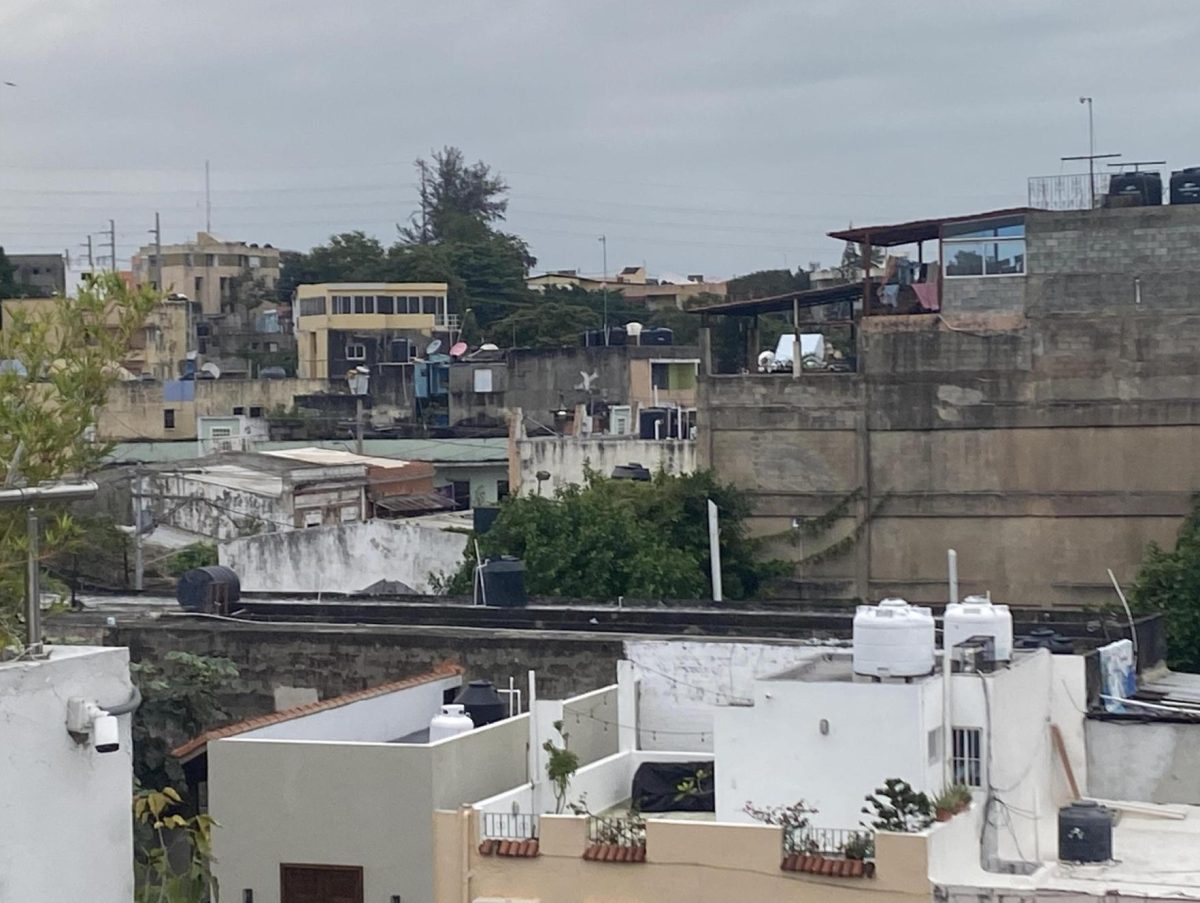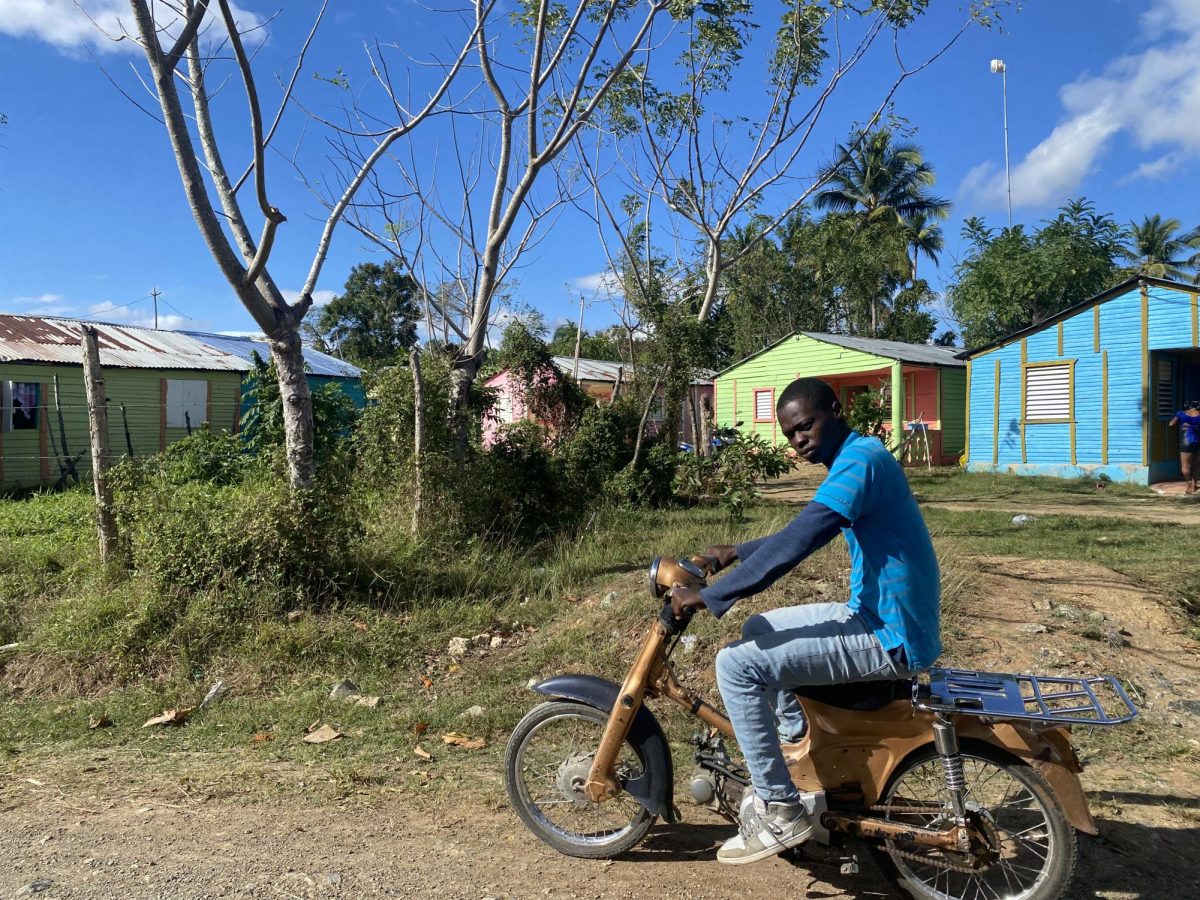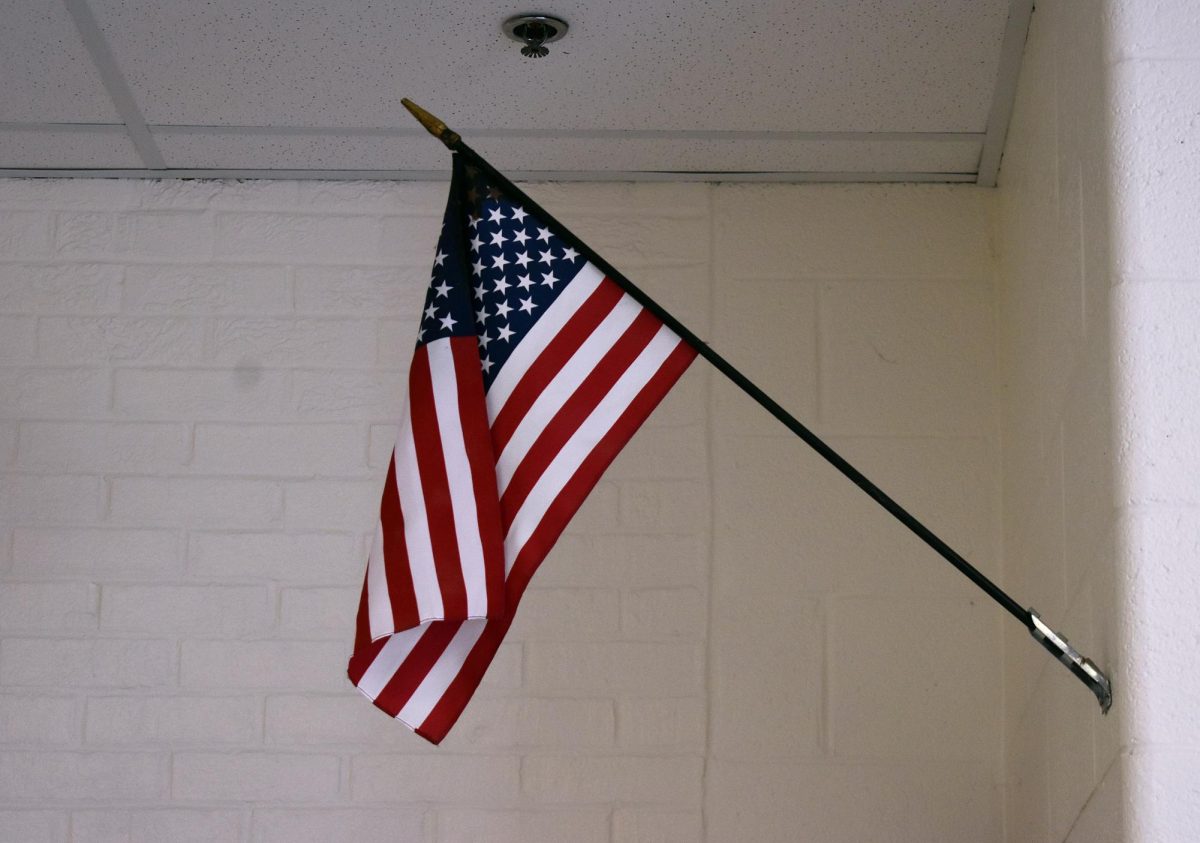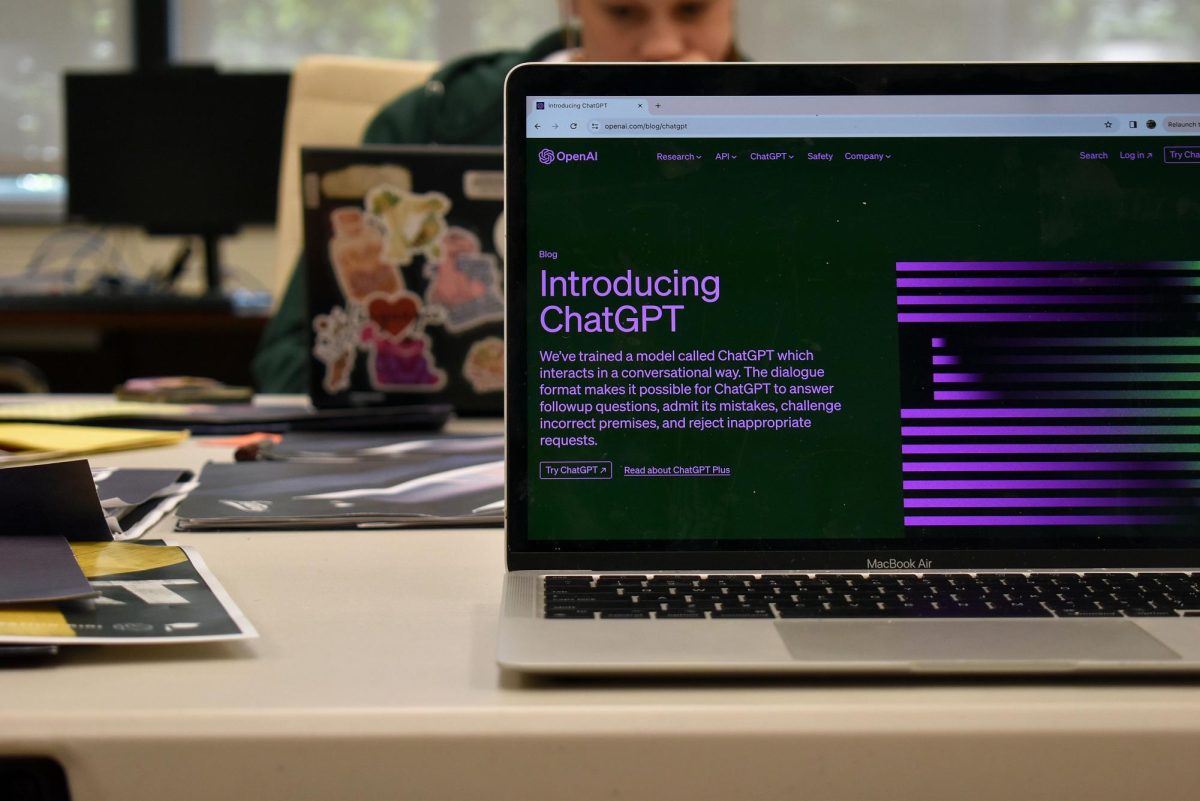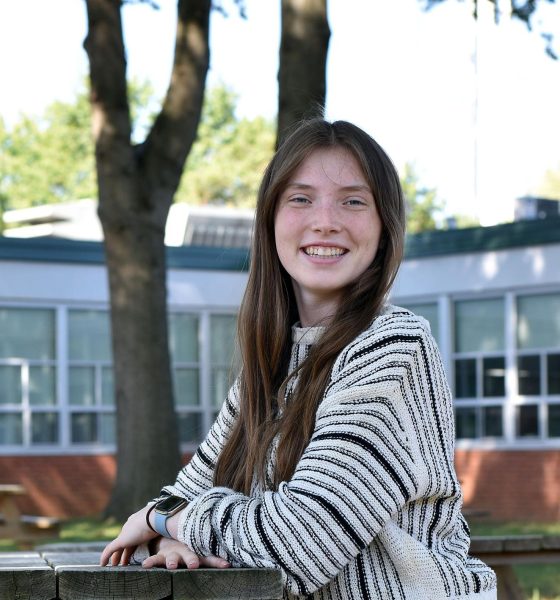Waking up at 3 a.m. would usually be a surefire reason for me to groan and complain. However, the groaning could wait for the plane that awaited me at Dulles airport to take my mom and me to the Dominican Republic.
My mom, Amy O’Connor, is a senior training consultant (basically she teaches real estate agents how to sell houses), facilitator and host for Women’s Leadership Circle and Vice President of Training Operations for Shore Consulting. Through her work in the building industry, an opportunity arose to represent her company on a nonprofit trip to the Dominican Republic with the organization HOPE International. She jumped at the chance.
I begged her to take me with her because I absolutely love to travel, especially internationally. She talked to her company, and I am extremely grateful to say they signed off on me tagging along.
HOPE International is a nonprofit organization that serves people in over 16 countries. HOPE gives out microfinance loans — small loans that can be as low as $20 — to help alleviate poverty around the world. They have given over $1.5 billion in loans, 98% of which have been paid back.
Homes for HOPE is a branch — essentially an extra funding arm — of HOPE International. Homes for HOPE does not build houses but instead partners with companies and people within the building industry.
On the local level, in Santo Domingo, Dominican Republic, is Esperanza, which conveniently means “hope” in Spanish. Esperanza is one of HOPE’s many global partners. Esperanza oversees the individual loans assigned in the Dominican Republic.
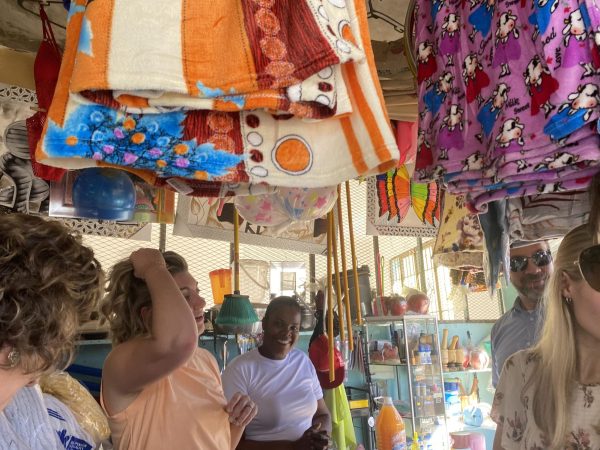
Esperanza has loan officers who regularly meet with “associates” (the people receiving the loans). They use the word “associate” instead of “client” in order to stray away from their interactions being solely “business transactions.” Instead, they prioritize loan officers and associates having a familial bond.
I went into this trip with very little knowledge of what it actually was — I basically just wanted to go to the Dominican Republic. I assumed that I wouldn’t get much out of the trip, but I couldn’t have possibly been more wrong.
I was beyond impressed with the work of HOPE International, Homes for Hope and Esperanza — especially Esperanza. Visiting the associates and their businesses that have grown because of the microfinance loans demonstrated the incredible impact that HOPE has had on small businesses and their owners. They exuded pride when talking about their experience and growth with Esperanza.
One of my favorite parts of Esperanza is that around 85% of their loans go to women. With the exception of one of the trip leaders and a husband, every single person on this trip was a woman. With my mom leading Women’s Leadership Circle — a place for women in the building industry to evolve, grow and find their voice — many meaningful conversations arose about the importance of women having adequate resources and the ability to voice their opinions and execute their ideas. In fact, multiple women on the trip either have or will participate in Women’s Leadership Circle. This trip opened up an important safe space for women to talk about their struggles and their steps to overcome them.
HOPE doesn’t directly build houses. That’s an extremely smart way to set up people to be able to support themselves. This system gives them a leg up so they can grow on their own terms and their own merit. It doesn’t leave them confused about what comes next, because Esperanza makes sure they are ready for their next steps.
This trip allowed me to develop a new understanding of hope. Hope is not what others give you. It’s what you build, grow and develop yourself.

